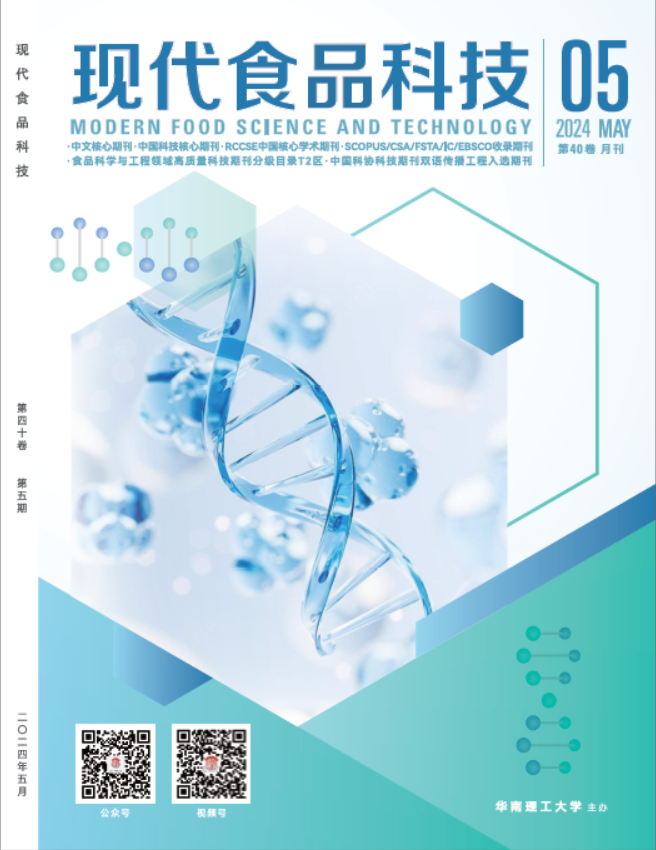Abstract:
In order to investigate the effect of temperature on the metabolism and muscle quality of largemouth bass, the anesthesia effect of different concentrations of eugenol on largemouth bass was investigated. Largemouth bass were anesthetized at the optimal eugenol concentration and kept alive at 5, 10, 15 and 20 ℃, respectively. The survival rate at different temperatures, water quality, blood biochemical indicators and chemical properties of muscle quality were measured. The results showed that the optimal concentration of eugenol was 18 mg/L, and the survival rate was 0 after preservation for 72 h at 5 ℃, and the survival rates were 100%, 75%, 0 after 96 h at 10, 15 and 20 ℃, respectively. With the prolongation of the survival time, the total ammonia nitrogen in the 10 ℃ group decreased by 24.12% to 51.24%, respectively, compared with those of 15 ℃ and 20 ℃ groups. The blood glucose content increased first and then decreased. After keeping alive for 72 h, compared to the 20 ℃ group, the serum cortisol, aspartate aminotransferase, alanine aminotransferase, alkaline phosphataseand urea nitrogen in the 10 ℃ group decreased by 260.44 pg/mL, 52.54 mmol/L, 8.76 mmol/L, 3.26 mmol/L, 8.22 mmol/L, respectively (p<0.05), while lysozyme, total antioxidant capacity and glutathione peroxidase content were significantly higher than those of the other groups (p<0.05). The liver HSP90 expression at 10 ℃ was significantly lower than those of 15 ℃ and 20 ℃. Among muscle indicators, the contents of glycogen, crude protein and pH at 15 ℃ and 20 ℃ were significantly lower than those at 10 ℃. The results showed that the activity of metabolic enzymes of largemouth bass was increased, the stress was decreased and the muscle quality was affected a little at 10 ℃. In conclusion, the most appropriate temperature for long-distance keep-alive transportation of largemouth bass is about 10 ℃.

